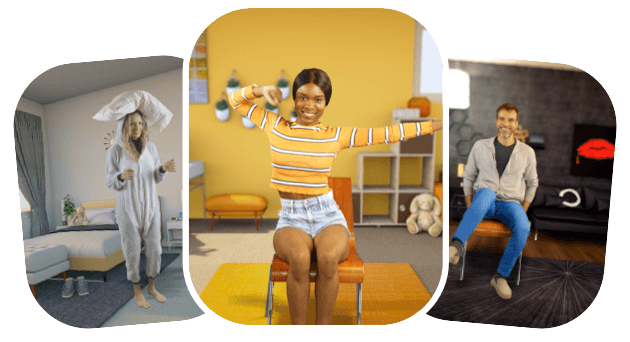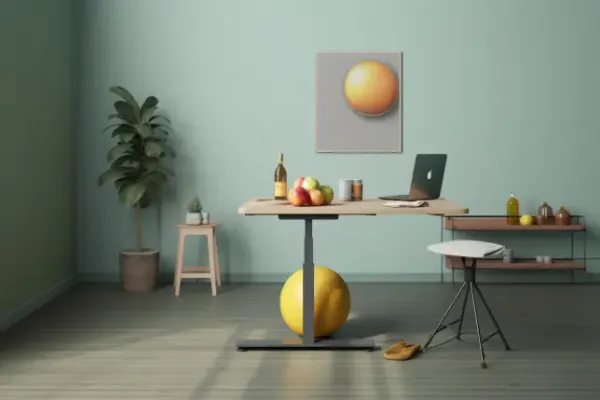U.S. physical activity guidelines, and Wikipedia, actually say that in the 21st century, fitness boils down to one thing - staying healthy and functional.
A lesson in fitness history
Fitness was not always tied to gyms and sportswear.
It also wasn’t always an industry. It was a notion.
Our view on the matter is shaped by the influence of the times we live in. The algorithm spoons us with six-pack abs all the time. Body parts screaming from billboards keep us molded in Nike’s notion of fitness.
This priming - that began around the same time we found our thumbs a worthy alternative for binkies - keeps us locked away from seeing the big picture. And the big picture is: humanity's view on fitness changes over time.
In the prehistoric era - when hunter-gatherers had to struggle to eat - fitness was the means of survival. It was part of daily life. It wasn't something you'd do to reverse aging, it was something you did so you'd age. During this physically active era - sounds weird, we know - fitness had one dominant goal: providing food.
Back in the days when wine, philosophy, and mighty gods ruled over the Mediterranean - Greek and Roman era - fitness was (predominantly) deemed essential to showcase athletic prestige and drive expansion. Greeks also thought it in schools and considered a healthy body equal to a healthy mind. Soldiers and athletes went through rigorous training from a very early age. They got their hands on heavy objects and weapons to be ready to compete or engage in combat. The glory of the empire - or their ambitious emperors - "cried out" for fitness because it was vital for cultural repute and expansion.
During the Dark Ages, the notion of fitness did not flourish - nothing did. That Hollywood image of a fatty priest wiggling in his carriage, spilling wine from a wooden pitcher, gulping down some... A fitness norm right there.
Once the power of the church wore down, fitness again frolicked. The Renaissance spurred humanists to dig out the lost knowledge of the Greeks. This time it wasn't for the mere sake of soldiers. Fitness know-how for the first time branched out to people, the masses. The goal was to instill fitness as a way of staying healthy.
Fast-forward to today, what do you think the main goal of fitness is?
Where are we today, health-wise?

Shortly after the fitness renaissance, it happened. Humanity invented the steam engine - a thing that made work easier and people more stationary.
It marked the beginning of The Good, The Bad, and The Ugly era - and, long story short, our health snuck right into the Ugly part.
It was then clear that fitness had to be sandwiched into yet another role. The one that is still in play today.
In a tit-for-tat exchange with public health concerns, U.S. presidents, Theodore Roosevelt and Gerald Ford, started promoting fitness. Yes, physical fitness, not pills. Aside from staying handsome, they saw the movement as an antidote to a new reality - that of less physical activity and more pollutants. Keneth H. Cooper, a doctor, played his part alongside presidents. He cried his soul out to stress the importance of fitness and aerobic exercise back in the days when we knew more about engines…
Today - regardless of worthy efforts - feel free to call it a public health crisis. The era of sedentarianism. And the data is downright scary...
In the U.S., about 39.5% of men and women will be diagnosed with cancer at some point in their lives. 11.3% of the total U.S. population has diabetes. Heart disease remains a leading cause of death. The charts, no matter the condition, mostly share the tendency of not looking great and getting worse. And they are all linked to one rising metric. An underlying epidemic of sedentary lifestyle.
More than 60% of people don't move enough, and every fourth person is completely ignoring physical activity. Now, link this data with the fact that a sedentary lifestyle increases the death rate by 71% and you'll find the source that feeds the gloomy charts.
A sedentary lifestyle is at the epicenter of a public health crisis.
What is today's purpose of fitness?
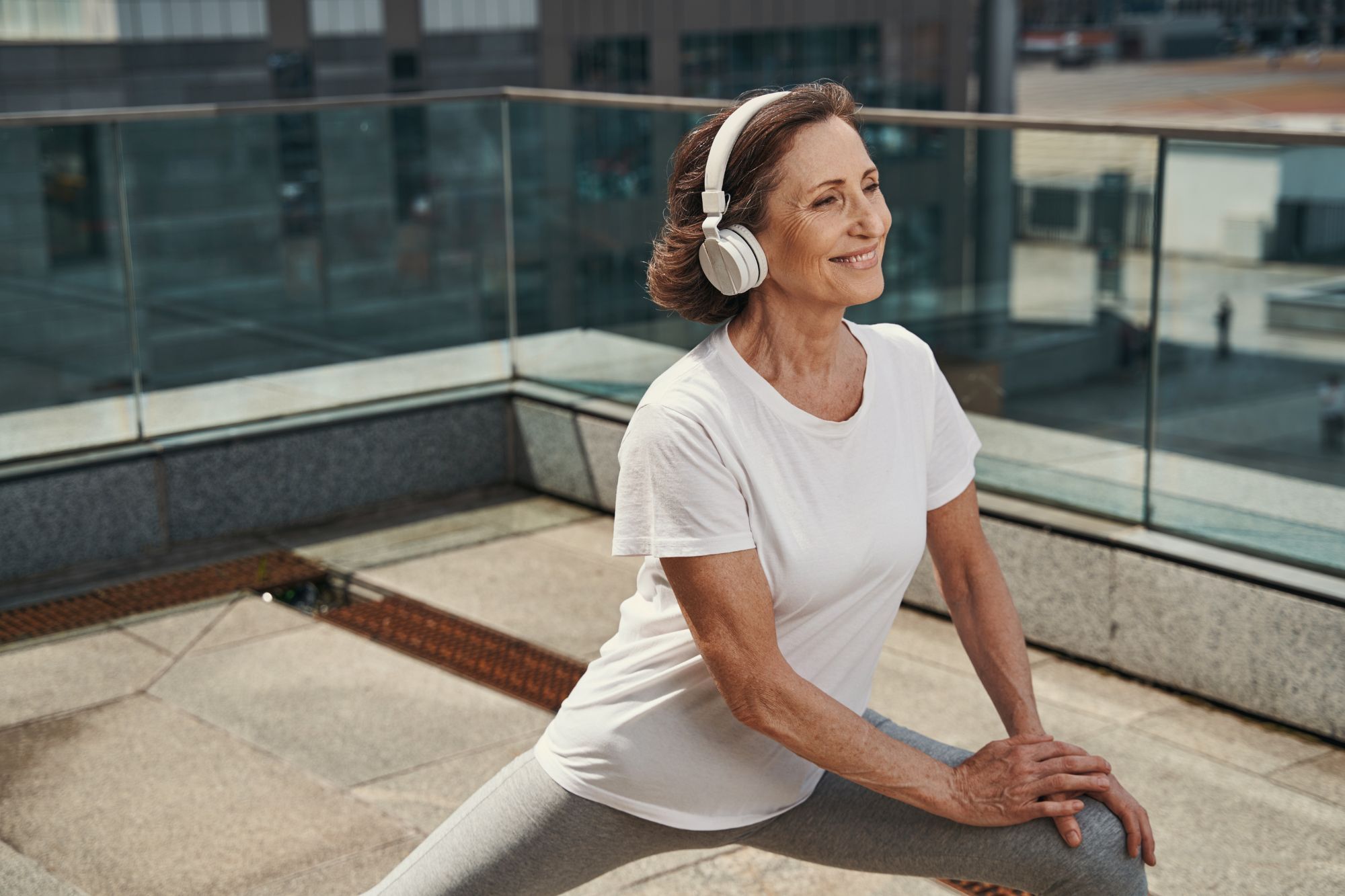
Assuming that body composition is the greatest testament to fitness is a bit off track. U.S. physical activity guidelines actually say it boils down to two things - staying healthy and functional.
Being fit today - by official norms - doesn't mean looking great!
Being fit means you're able to conserve health, resist diseases, improve the immune system, and deal with daily life and emergencies. That's what modern reality forces us to focus on! And to do so, we need to move more and sit less - at least if we want to feel alive and kicking.
So, those looks you never really wanted - not a constitution. The goal is to ginger up your life. To fend off diseases. To reverse the effects of prolonged inactivity.
That's what fitness is.
And physical activity breaks?
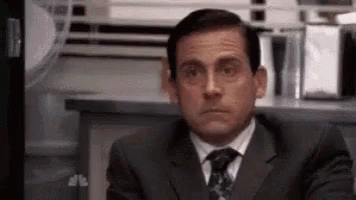
Workouts are pillars of fitness - it's the way most people stay in shape. Heck, why not? They are a world of fun once you get used to them and they bring home results. More importantly, they help you loosen up after a day of sitting.
However, the root cause of modern-day suffering and back pain - sedentariness - remains intact.
Regardless of how much we exercise, most of us still stay seated for way too long. It's super taxing on our bodies to mimic statues for longer than 6 hours. And workouts, well... they mostly arrive when it's already too late.
An impediment to fitness today is prolonged sitting!
And the reality is, physical activity breaks take the fight to the enemy's ground. They aim to slice down desk-bound periods into smaller pieces, reducing the severe impact inactivity bangs us with. That's what makes these short bumps in physical activity a cornerstone of modern-day fitness.
Sedentary reality stirred Wakeout to help people take ownership of their health.
We are exuberant about helping you stay fit and healthy. The hell with steam engines, billboards, media, and chairs: you have exercise breaks to keep you vivacious!
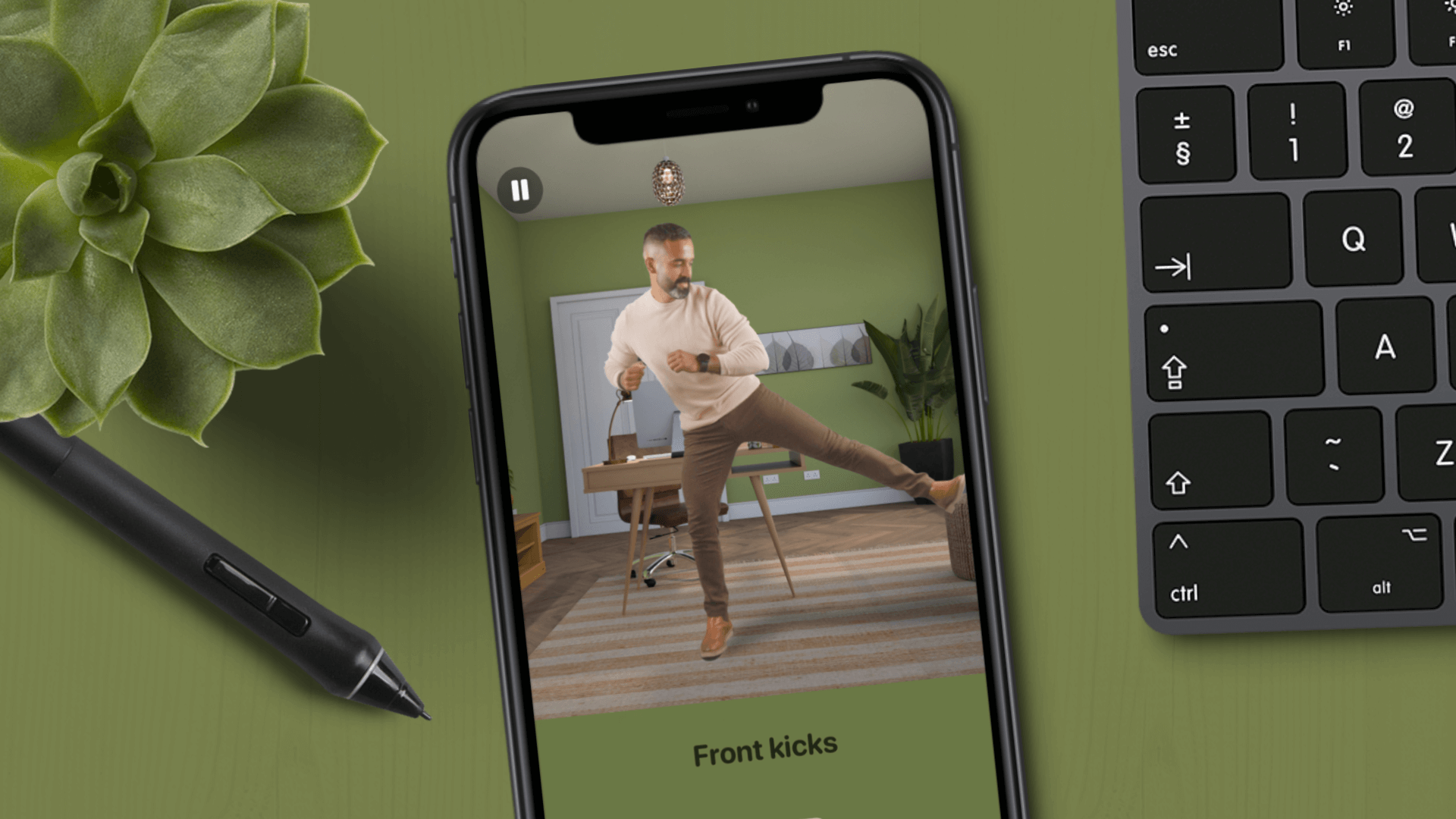
Wakeout
